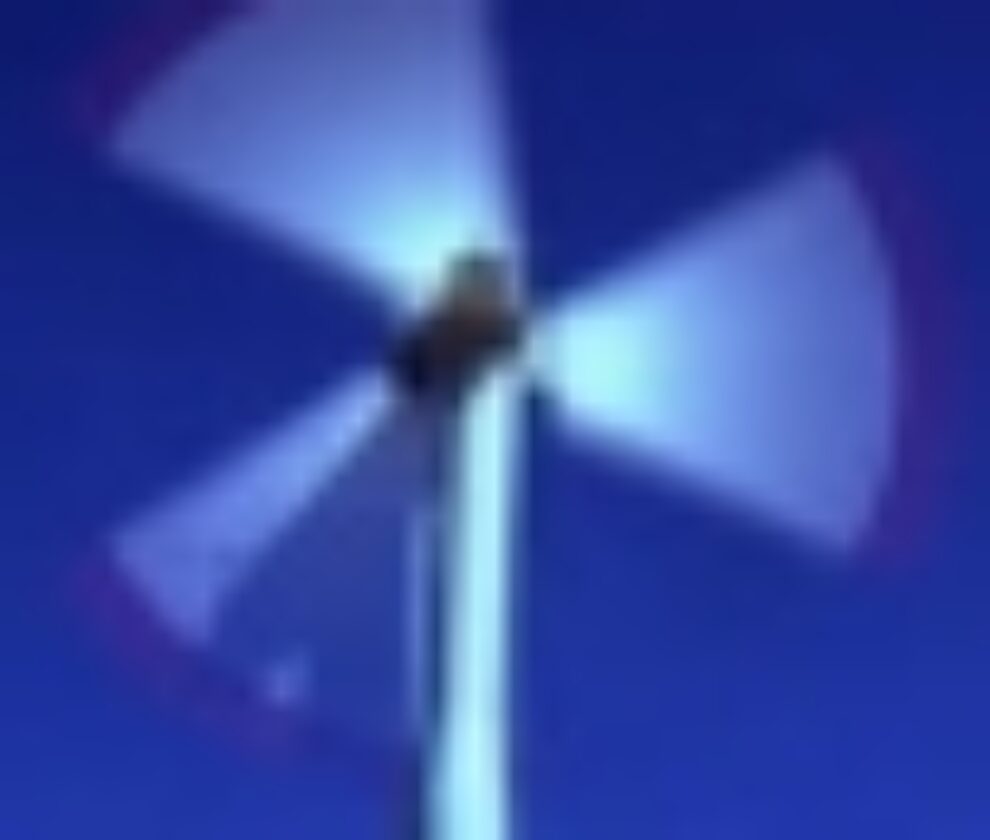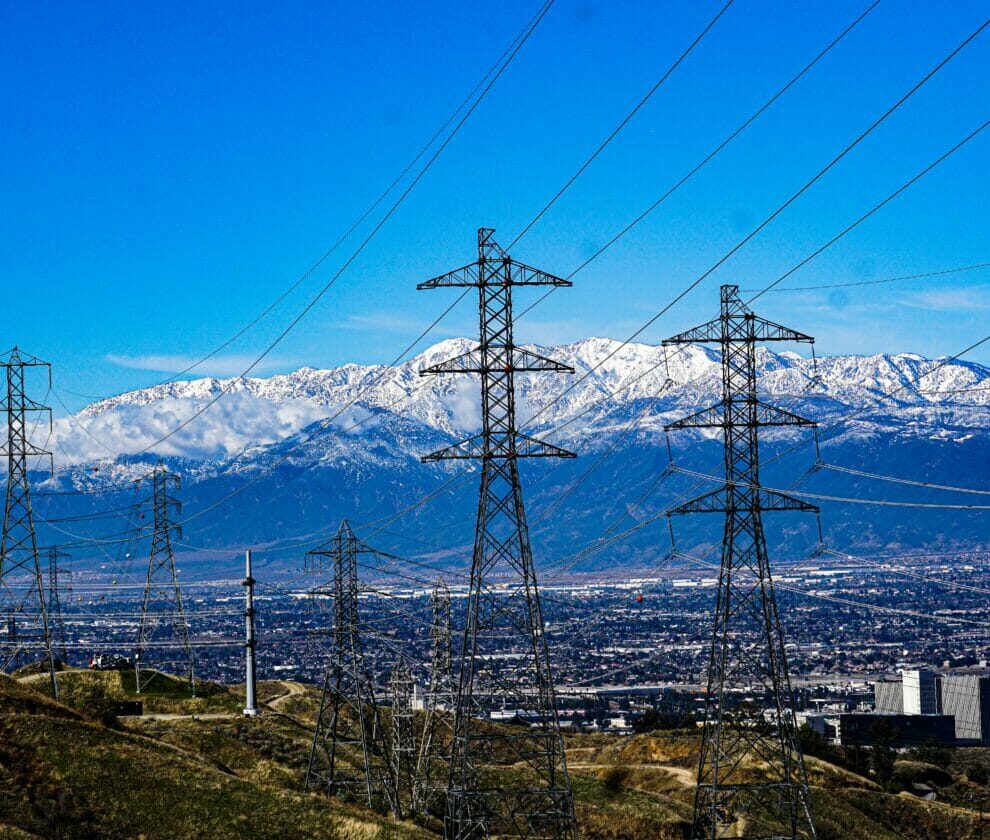Blog written by: Carl Zichella
This article was originally published on switchboard.nrdc.org/
Despite the partisan bitterness infecting our politics, a consensus has quietly been taking hold across the country for a major change in the way we fuel our economy. A number of recent polls (see Public Support for Climate & Energy Policies, Californians and the Environment, Conservations in the West Survey) reveal strong public support for developing cleaner, cheaper, faster and safer forms of energy and that, moreover, this support bridges the partisan divide. It’s not “blue” or “red,” but red, white and blue, if you will. This may in fact be one of the few things most Americans can still seem to agree on: we can do better with our energy choices. We can make ourselves more prosperous, while unshackling ourselves from energy sources that foul our air, threaten our water supplies, lead us into international conflicts and destabilize our economy. Strong majorities of our people clearly want to see this change happen and have the U.S. receive many of the benefits that global leadership in a clean energy economy can bestow. They believe it can happen, want it to but may still wonder…how will it? What would such a future look like?
“Western Grid 2050: Contrasting Futures, Contrasting Fortunes” a new report that for the first time offers two distinct alternatives for our energy future, giving policy makers and the public a credible look at what the Western U.S energy system and economy could look like at mid-century, was released by Western Clean Energy Advocates (WCEA) – an alliance of environmental groups (including NRDC) former utility regulators, renewable energy technology advocates, Native American energy activists and independent transmission companies. Western Grid 2050 is intended to begin a dialogue on the alternatives, so westerners can make an informed choice.
Perhaps most importantly Western Grid 2050 presents a balanced look at how we can meet future energy needs, including robust assumptions for aggressive “non-wires” energy solutions such as energy efficiency, small-scale “distributed” renewable generation as well as a variety of technical and behavioral changes to the way we operate the delivery side of the electrical grid, often referred to as “Demand Side Management” to complement the responsible and appropriately located development of large scale renewable energy resources and their related transmission.
Methodology:
Western Grid 2050 compares Business as Usual (BAU) scenarios with Clean Energy Vision (CEV) scenarios, contrasting the economic, public health, reliability and environmental impacts of both development paths. Its results show that our nation stands at a policy crossroad: one fork leads to a safer, healthier and cleaner future; the other to a cul de sac characterized by reliance on antiquated and costly energy choices and an electrical system that looks like it was designed for the 1950s. The development trajectory we embark on in the next decade will profoundly impact our energy future’s landing point.
- Five scenarios were studied (BAU Base, BAU High Growth, CEV Low Demand, CEV Base Demand and CEV High Demand Case). Base data for the scenarios came from the Western Electricity Coordinating Committee, the entity responsible for coordinating and promoting bulk electric system reliability throughout the Western Interconnection.
- In the BAU case investments are made on retrofitting and repowering coal generation and on developing new natural gas-fired generation. Renewable technologies are added only to meet existing legislative requirements, and efficiency measures and electrification of transportation are modest. Nuclear and hydro generation continue operating at current levels.
- Transmission operations under BAU is largely unchanged and each of the 38 Balancing Areas in the West meets their own reliability requirements with little cooperation. Regulatory and business model paradigms remain unchanged. (Chapter 1, Page 11).
- The CEV case invests significantly in demand reduction (through energy efficiency and conservation) and distributed renewable generation is pursued aggressively. There is a transition completely away from coal and no significant natural gas is added. Large-scale renewable development fills the generation gap. Existing natural gas is repurposed to ensure resource adequacy and reliability. Nuclear and hydro generation continue to operate at current levels.
- For transmission operation under CEV significant investment is made in advanced information, communications and control system technologies. The grid would have greater flexibility and the ability to support the electrification of the transportation sector. Coordination between and among Balancing Areas across the West increases sharing and trading and reduces infrastructure redundancy.
Western Grid 2050 was commissioned by the Western Grid Group and authored by Carl Linville, John Candelaria and Ashley Spalding at the Aspen Environmental Group.
Not a Dream but an Emerging Reality
This progress envisioned by Western Grid 2050 is possible in part because the renewable energy future it projects is no longer just a dream, but an emerging reality that people can see in every single state in the West. Across the region the quality and quantity of these resources is truly amazing. From what is arguably the best solar resource in the world in the southwestern U.S. (in part because the generation is relatively close to tens of millions of consumers) to the phenomenal wind resource spanning the northern plains, Rocky Mountain Front, and the Columbia Gorge to California and Nevada’s geothermal hot spots, the richness of western renewable energy resources are already fueling a visible engine of economic change in every state.
The clean energy consensus being built today makes the CEV forecast by Western Grid 2050 an easily imaginable destination, and just possibly – due to its great benefits – a bridge that helps unite our battered body politic. It can best be reached if we choose to go, and go together. But choose we must.
As the old saying goes, “to go fast, go alone; to go far, go together.”



